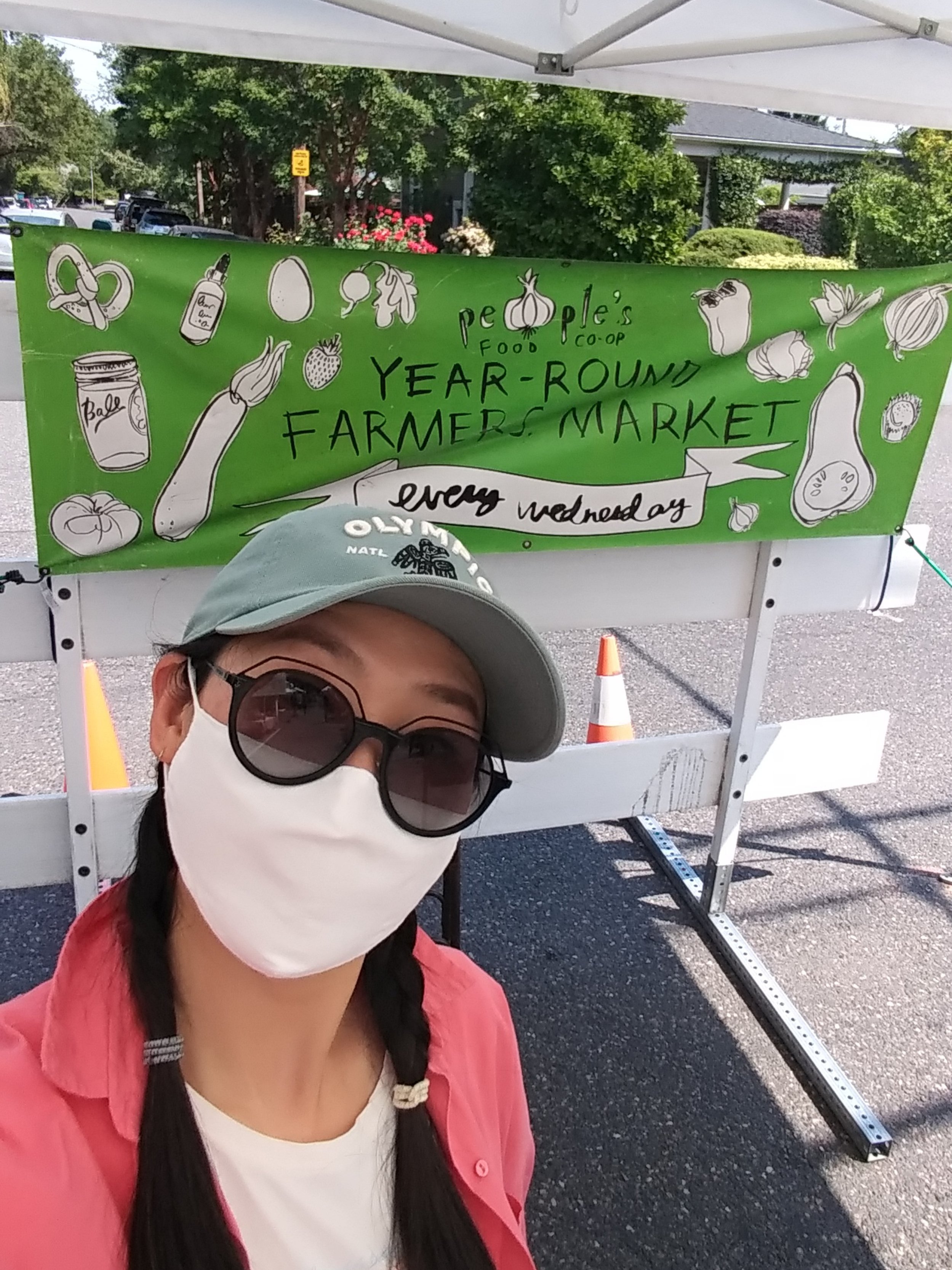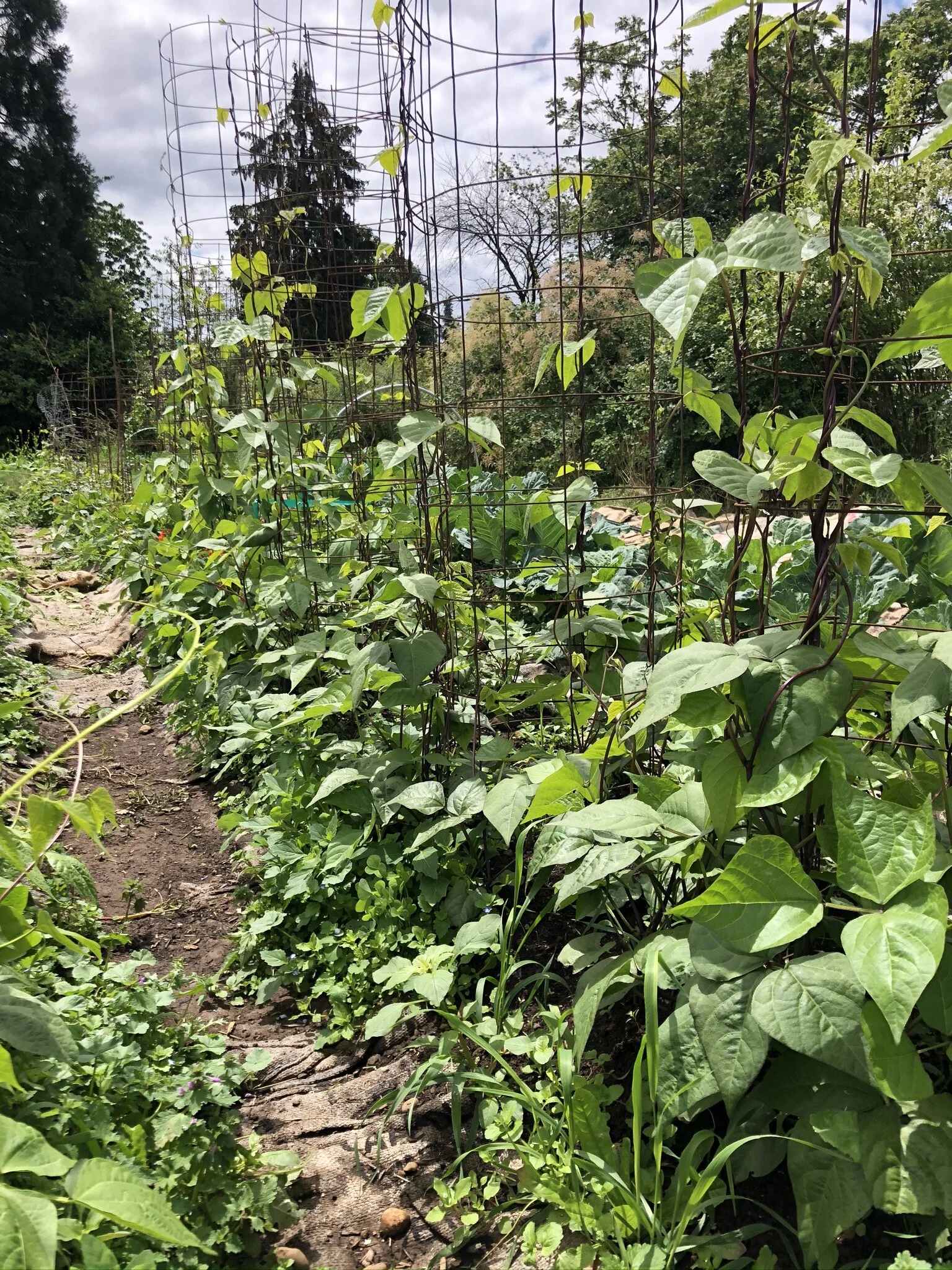By Brita Zeiler, Bulk Herb & Tea Buyer
When People’s was founded in 1970, one of the driving forces was providing more access to food produced close to home for the community with minimal packaging. Over recent years, the popularity of committing to a sustainable lifestyle with a goal of reducing personal waste in small and large ways has grown, giving rise to the Zero Waste lifestyle and movement. The movement has an emphasis on bulk shopping, home cooking, and DIY body care products and cleaners.
Throughout the years, People has remained a hub for folks striving to live a more sustainable lifestyle with our unique product selection and buying guidelines. We sell a plethora of items in bulk, including: bulk dried and perishable foods, spices, herbs, teas, supplements, body care products, cleaning products, and kombucha. The Bulk Team at People’s is thrilled to share that we continue to further our work in limiting waste and getting closer to a Zero Waste model in our operations.
What do we mean by going Zero Waste? While there are no magical pipelines that seamlessly transport sprouted organic almonds from the field to our store free of packaging, we are striving to reduce the amount of waste that goes into food production, transportation, and storage as much as possible. We are taking into consideration the waste and inputs required to grow or manufacture a product, its packaging, its delivery, and how it will be disposed of. We understand that we will need to take small steps in order to make a big impact.
Already, many of our bulk products are delivered in reusable containers that we return to the supplier for refill. We’ve also begun saving and sharing shipping materials with local businesses, rather than recycle or throw them out. We have been working with the local Health Department to re-introduce our reusable container program in bulk, so shoppers have access to sanitary, no-cost reusable containers. There are many more ideas we’d like to implement, and we would appreciate your input on what changes you’d like to see in store.
This Fall, People’s will be starting a monthly gathering for Member-Owners, community members, People’s staff, and Board of Directors members to gather in the interest of working toward a Zero Waste operation for People’s. In these meetings, we will decide on priorities and projects to move forward on, with the support of our community. We will also be hosting skill-building workshops so you can learn to make your own zero waste products from the bulk section. We hope you can join us and collaborate with us.
People’s Zero Waste Community Engagement Group - Tuesday, October 15th, 5:00-6:30pm
Do you have a vision for how People’s can support a Zero Waste future? Do you want to learn more about what you can do to help? As individuals and as a community we need to strategize ways to reduce our dependence on single use plastics and overall reduce our waste. People’s has been a leader in sustainability for 50 years, and we are striving to stay engaged in our commitment to this legacy. In this first meeting, we will be introducing our vision and gauge the priorities of projects and engagements at People’s and the broader community. Join us for this meeting to be a part of the People’s Zero Waste Community Engagement Group! There will be snacks from our bulk and produce departments to enjoy.
RSVP Here!
Zero Waste 101: People’s Bulk Section Basics - Friday, October 18th, 5:00-6:30pm
People’s offers an incredible selection of local, artisan, and affordable products in our bulk section. In this class, People’s bulk buyers will share their strategies for reducing excess packaging in the grocery industry, insight into their selective buying practices, along with sampling some of their favorite items.
There will be a demonstration of bulk shopping strategies that reduce the necessity of single use containers.
RSVP Here!
DIY Face & Body Moisturizer Workshop - Saturday, November 2nd, 3:30-5:00pm
Making your own face and body moisturizers is easy, low waste, and cost effective. Customize healing balms to your skin's needs, whether you are suffering with dry, itchy, eczema, or acne prone skin. Learn to choose the ideal ingredients from our bulk section for your skin type, along with a demonstration of how to make your own face and body cream.
Participants will take home a jar of the face cream we make in class, along with handouts to take home.
RSVP Here!
Zero Waste Craft Making for Holiday Gifts: Face Masks & Bath Soaks - Sunday, December 8th, 2-3:30pm
Give yourself or a friend the gift of a relaxing home spa experience with sustainability in mind! In this workshop we will be making a wonderfully scented bath soak blend and face mask with ingredients that can be purchased in bulk. Learn tips on how to take care of your skin in Winter, while taking home an awesome homemade spa package. Kiddos welcome!












